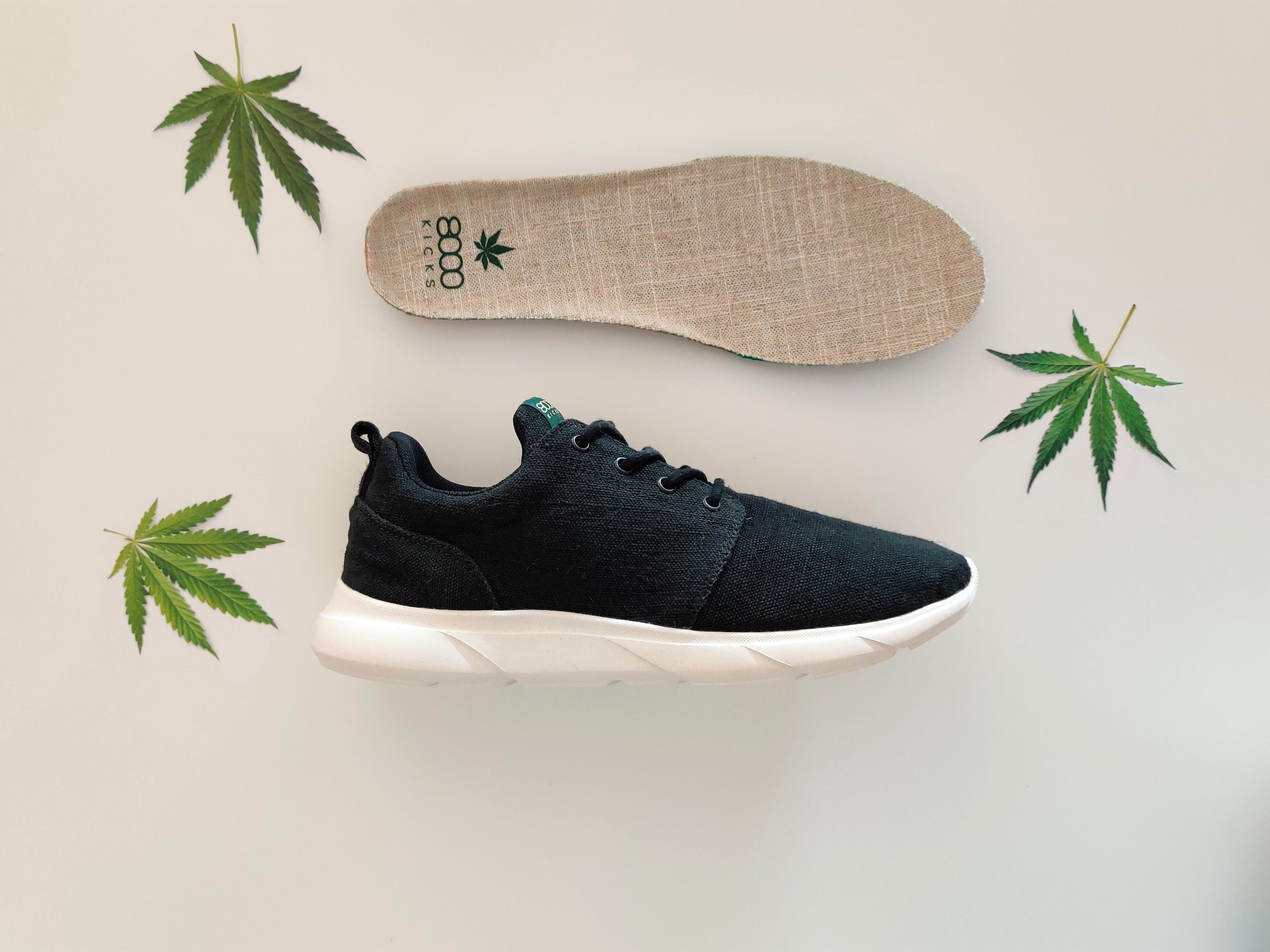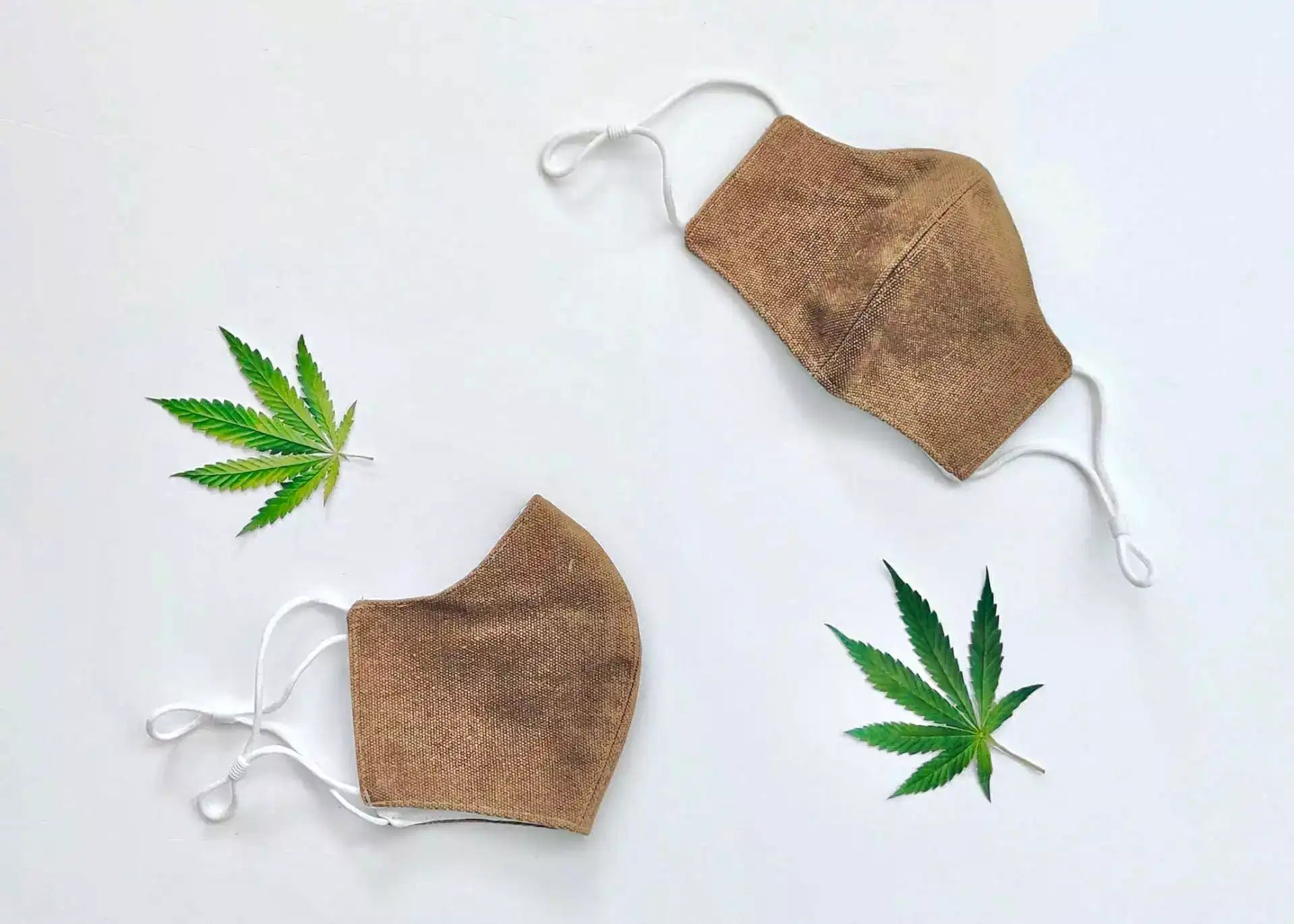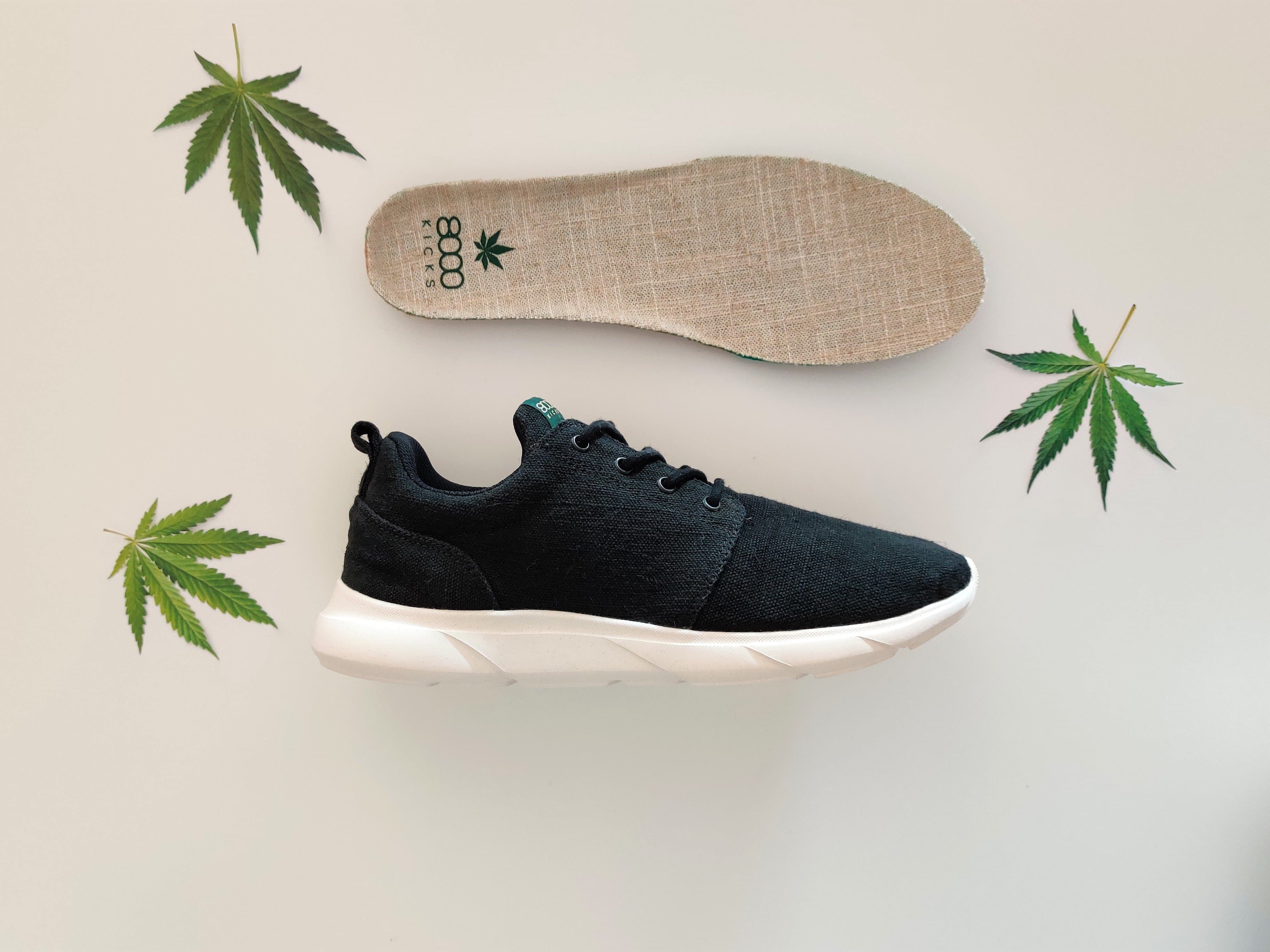
Hemp clothing: an eco-friendly vegan alternative to wool
Posted at 11:00 • 1st Jan • Margarida David• Hemp
Looking for a vegan wool substitute? Hemp has many of the same desirable properties as wool, and can be made entirely without harming animals.
Hemp and wool are two eco-friendly natural fibers that share some amazing properties: they are both antimicrobial, highly breathable and insulating, as well as offering UV protection.
But with the rise of certain controversies around wool production due to some of its negative impacts on the environment and animals, more conscious fashion lovers have been looking for alternatives.
This doesn’t necessarily mean that you should go for the synthetic fibers, as the plastic-pollution crisis keeps threatening wild animals and their habitats. There are plenty of natural, eco-friendly vegan alternatives to wool, that are just as comfortable, stylish, and even more durable. And we are talking about hemp, one of the oldest fibers on the planet that mankind has been using to make clothing, paper, ropes, among others.
Keep reading to find out the main differences between wool and hemp.
1- The environmental impact of wool vs hemp
1.1 - Wool's impact on the environment
Wool has been considered an environmentally positive fiber choice because it is 100% natural, renewable and biodegradable. Also, it breaks down quickly, returning its nutrients to the soil without releasing plastic microfibers to the environment, like synthetic materials do.
Despite all its merits, it also has some negative environmental impacts. Wool production requires a high amount of water consumption and emit greenhouse gases, such as Methane and CO2, that contribute to global warming.
To be more specific, the production of 1kg of greasy wool can take up to 170,000L of water and release 24.9kg of CO2 to the atmosphere.
For this reason, the 2017 Pulse of Fashion Industry Report listed wool in 4th place for the fashion materials that had the highest overall environmental impact per kg of material.
1.2 - Hemp's impact on the environment
On the other hand, we have hemp that grows really fast (just like “weed” – that’s where the name actually comes from) and it doesn’t require high amounts of water (only 2,700 liters / 1kg of hemp) or the use of pesticides and fertilizers to be produced as it is naturally less vulnerable to insects.
This means that hemp can organically grow without damaging the soil, atmosphere, water, animals and even human health. Also, it gives nutrients back into the soil and works as a natural purifier, producing more oxygen and absorbing 4x more CO2 than the average tree.
Even though hemp has to be processed to become hemp fiber, that is then used to make the proper fabric, this process has a minimum impact on the environment. This is because hemp can be processed with dew retting, which uses naturally occurring dew and rainfall to soften fibers. So, to produce 1kg of hemp fiber, the greenhouse gas emissions account for 0.84kg of CO2, which is an extremely low amount compared to other materials used in clothing.
2- The impact on Animals from wool vs hemp
2.1 - Wool's impact on animals
A wild sheep takes care of its wool just fine, growing enough for the winter and simply shedding it naturally in the summer.
But, as industrial production scales up to meet growing global demand, many sheep are being kept in increasingly cramped conditions on overgrazed land. In captivity, just as factory farmed animals, sheep have been breaded to have an unnaturally thick coat that never stops growing, making them more susceptible to heatstroke and leading to the need to be sheared.
This also leads to flystrikes, where parasitic flies lay eggs on moist folds of sheep. To prevent this from happening, many ranchers opt for removing the skin from the sheep’s hind, an incredibly painful and unethical procedure, known as mulesing.
2.2 - Hemp's impact on animals
Fortunately, hemp fabric can be made entirely without harming animals as they are not used during any stage of production.
3 - Clothing made from wool vs hemp
3.1 - Clothing made from wool
Wool is known to be one of the warmest and coziest materials. But if you’ve ever tried a wool sweater on naked skin you know how itchy and rough it can feel. And don’t get me started on the maintenance it requires, as you’ll have to dry clean it, which is not only expensive but also often uses chemical products that pollute the environment.
Another disadvantage is that it is not only more expensive than other materials, but it also wears out rather fast due to some factors including:
- Wool attracts moths that can destroy your clothes.
- Wool pills easily, so you’ll probably start finding those little balls on the fabric just after a few wears.)
3.2 - Clothing made from hemp
For thousands of years, hemp fiber has been used for many industrial applications from rope, to paper, to clothing. This is because it is one of the strongest and most durable materials known to mankind.
Lately, hemp clothing has been undergoing more and more demand since it is recognized as an ethical and sustainable fabric that keeps you warm in winter and cool in summer due to its high breathability and temperature regulating properties. So, you can be sure you’ll stay nice and comfortable all year around while wearing hemp clothing.
Unlike wool, it’s a lightweight fabric that gets softer with every wash and, thankfully, it is super easy to maintain as it can be machine washed or hand washed just like any normal clothing. This means you can save up a lot of money, time and the environment.
Conclusion
While both hemp and wool are great materials, they differ a lot in their core properties. Although wool is very comfortable and cozy in the winter, it quickly tears down with wear. On the other hand, hemp brings great breathability for those hot summer days, and great durability.
Hemp also has a significantly inferior impact on the environment and animals welfare because it is a vegetable fiber, while wool production requires sheep, that might or not be raised with proper conditions depending on each farm’s policy. Although both fibers are still quite expensive hemp is soon becoming more and more available as the supply of this natural fiber is increasing all over the world.
Hemp products

8000Kicks' Explorer V2 for Men

Hemp Mask

